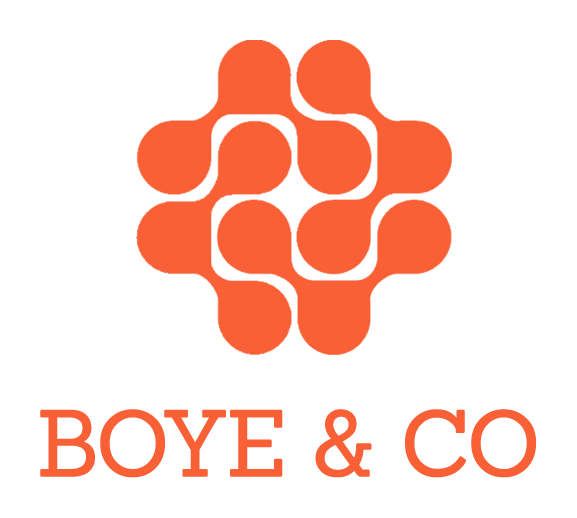Some might say that it’s all about the customer experience. After spending a day moderating our very first customer experience conference track as a part of the 12th J. Boye Aarhus conference, I would say that customer experience is indeed many different things.
I thoroughly enjoyed 3 case studies from the US, Finland and Denmark coupled with an experienced consultant from the UK. The presentations and discussions that followed showed how wide of a field customer experience — or CX as a tech-savvy agencies like to shorten it — really is.
Speak human – a few years later
Back in 2010, Canadian designer and digital maker extraordinaire Eric Karjaluoto flew in from Vancouver to share his thinking on how most small businesses repeat the mistakes of the large businesses. He had just published a book titled Speak Human. For our audience of mostly participants from large and complex organisations this was a subtle way to zero in on their bad habits which directly impacts customer experience.
Fast forward 6 years to our conference last week and Sara Walsh from US-based Capital One opened the track with an impressive case study on bringing clarity and humanity to banking. To me, this was the best Speak Human case study from a large organisation that I’ve seen so far.
As one participant noted as main take away:
The importance of simplicity of language and focus on outcomes
Sara shared several examples of how even minor text changes can make a big difference and her presentation was full of examples of before & after screens that demonstrated how a focus on content has visibly improved the customer experience.
Following Sara’s presentation was a talk by Janet Morgan on how to create a cohesive narrative for an organisation. Again, in the footsteps of Eric Karjaluoto, but also based on Janet’s experience from a large, global and complex organisation, she stressed the importance of storytelling.
Looking beyond the screen to improve customer experience
In the afternoon, Jukka Helin from Finnish energy company Vapo provided a case study that involved Internet of Things. He brought a physical red button for easy ordering by customers who shouldn’t need to go online, log in and help themselves, but simply press the button to create a new order.
His presentation also encouraged easy ways to get started with Internet of Things and led to one of the most popular tweets of the conference:
Taking the #UI out of the equation is superior to making it more attractive says @yuccis #CX #IoT #jboye16
— TheBernd (@BerndBurkert) November 2, 2016
Finally, as a closing session, Morten Dam-Andersen from Copenhagen Airports shared their data-led transactional approach to improving the digital experience.
His session title also carried a question: How to make digital relevant in transit? During his talk we discussed the dilemma between many flyers who just want to look at departure times, while the airport want to lure them into duty free shops.
Learn more about customer experience
In advance of the conference, I published a few posts on the topic, including:




